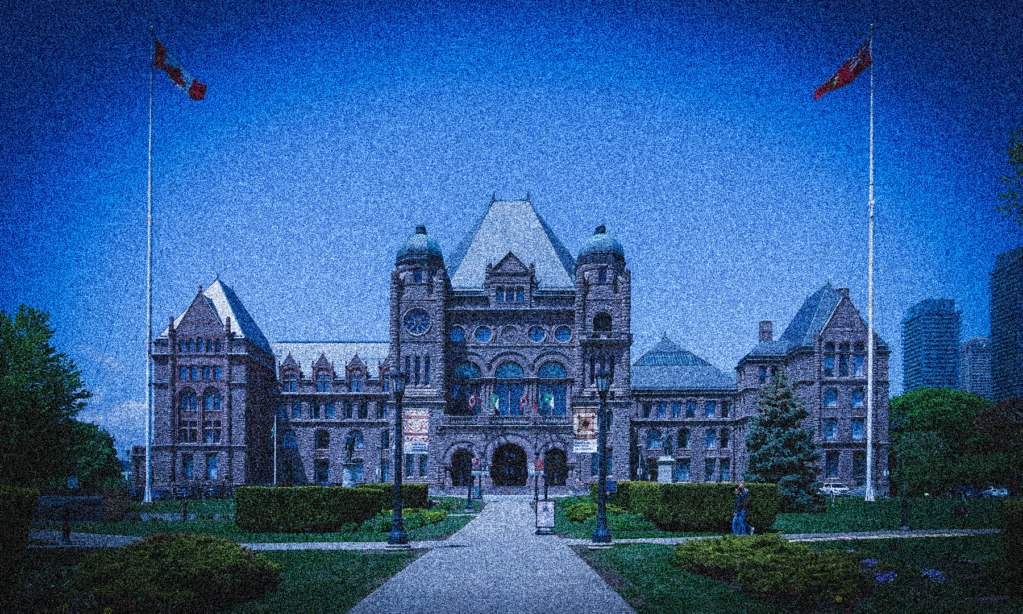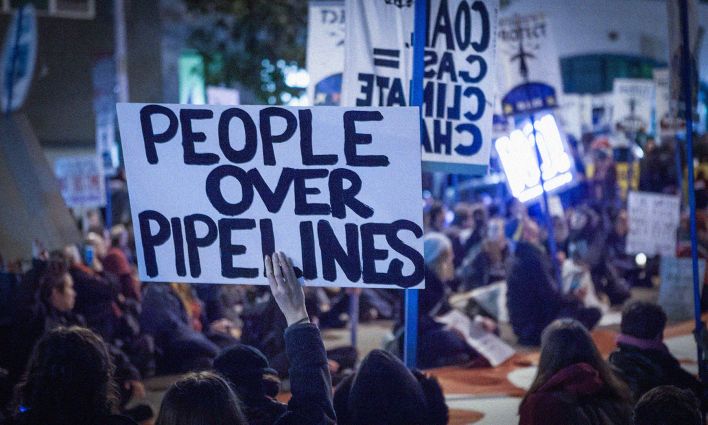With a strike deadline set for Sunday, November 20 at 5 p.m., bargaining between the Ontario government and 55,000 education workers is coming down to the crunch.
Wage issues have already been settled at the bargaining table, according to news reports. Now, the sticking point comes down to staffing.
The union wants to see an early childhood educator in every kindergarten classroom and is also calling for more educational assistants, librarians, custodians and secretaries in schools across the province. The Canadian Union of Public Employees (CUPE) pegs the cost for this help for students at $100 million. Averaged across the 4,400 schools where CUPE members work, that’s less than $23,000 per school.
It is hard to describe how little money that is in the context of the Ontario budget.
On November 14, the government’s fiscal update said revenues for the current year would be $187 billion. That number, while huge, is a lowball estimate that ignores everything we know about the relationship between the economy and tax revenues. A more realistic estimate is that revenues will be $10 billion higher than the government says, as CCPA Ontario Senior Economist Sheila Block explained earlier this week.
So if provincial revenues are $197 billion this year, how much is $100 million?
It is not one per cent of annual government revenues.
It is not half of one per cent.
It is one-twentieth of one per cent of annual government revenues.
The current government at Queen’s Park spends much more money than that on all kinds of things that don’t come near to being priorities for most Ontarians. Monday’s fiscal update, for example, included a tax change that will reduce Corporate Income Tax revenues by $360 million this year alone. Cuts to fuel taxes, which are not at all targeted to people’s actual needs, are costing the treasury $100 million a month.
Premier Doug Ford’s comment this month that “Ontarians need a little extra help” must surely apply equally to our schools, which have seen real per-student funding fall under this government.
As detailed in Catching Up Together, our CCPA Ontario report on education funding earlier this year, a real plan to put our schools on a firm footing after the disruptions of the pandemic would put more like $1 billion a year into extra staffing—10 times the amount currently under discussion.
When it comes to the Ontario budget, $100 million is very little indeed. Down at Queen’s Park, it’s pocket change.







